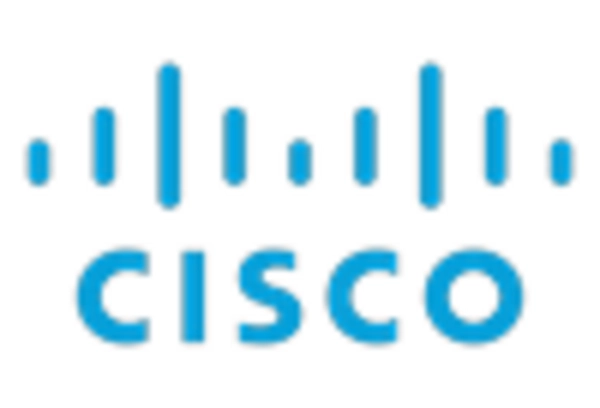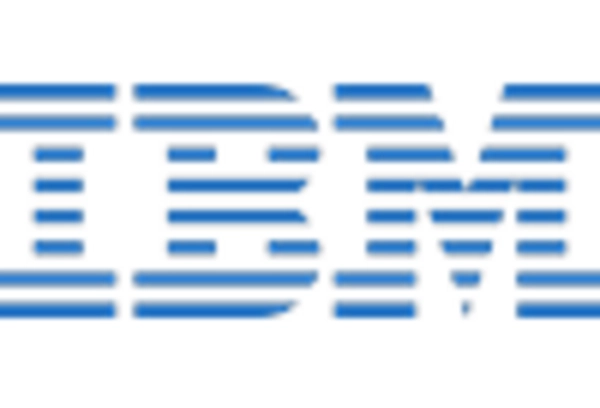The cloud sandboxing market in Japan is characterized by a dynamic competitive landscape, driven by the increasing demand for cybersecurity solutions amid rising digital threats. Major players such as Microsoft (US), Amazon (US), and Palo Alto Networks (US) are strategically positioned to leverage their technological prowess and extensive resources. Microsoft (US) focuses on innovation through its Azure platform, enhancing its sandboxing capabilities to provide robust security solutions. Amazon (US) emphasizes regional expansion, continuously enhancing its AWS offerings to cater to the unique needs of Japanese enterprises. Meanwhile, Palo Alto Networks (US) is committed to partnerships, collaborating with local firms to strengthen its market presence and adapt its solutions to local requirements. Collectively, these strategies contribute to a competitive environment that is increasingly focused on innovation and localized solutions.
Key business tactics in this market include localizing services and optimizing supply chains to meet the specific demands of Japanese customers. The competitive structure appears moderately fragmented, with several key players vying for market share. This fragmentation allows for a diverse range of offerings, yet the influence of major companies remains substantial, shaping market trends and customer expectations.
In October 2025, Microsoft (US) announced the launch of a new suite of security features within its Azure platform, aimed at enhancing cloud sandboxing capabilities. This strategic move underscores Microsoft's commitment to innovation and positions it as a leader in providing comprehensive security solutions tailored for the Japanese market. The introduction of these features is likely to attract enterprises seeking advanced protection against evolving cyber threats.
In September 2025, Amazon (US) expanded its AWS security services by integrating advanced sandboxing technologies, enhancing its ability to detect and mitigate threats in real-time. This development is significant as it not only strengthens Amazon's competitive edge but also reflects the growing importance of proactive security measures in the cloud environment. By investing in these technologies, Amazon (US) aims to solidify its position as a trusted provider of cloud services in Japan.
In August 2025, Palo Alto Networks (US) entered into a strategic partnership with a leading Japanese cybersecurity firm to co-develop advanced sandboxing solutions. This collaboration is indicative of the increasing trend towards localized partnerships, allowing Palo Alto Networks (US) to tailor its offerings to better meet the specific needs of Japanese customers. Such alliances are likely to enhance the effectiveness of their solutions and improve market penetration.
As of November 2025, current trends in the cloud sandboxing market are heavily influenced by digitalization, sustainability, and the integration of artificial intelligence (AI). Strategic alliances are becoming increasingly vital, as companies recognize the need for collaborative approaches to address complex cybersecurity challenges. Looking ahead, competitive differentiation is expected to evolve, shifting from price-based competition to a focus on innovation, technological advancements, and supply chain reliability. This transition suggests that companies that prioritize these aspects will likely emerge as leaders in the cloud sandboxing market.

















Leave a Comment